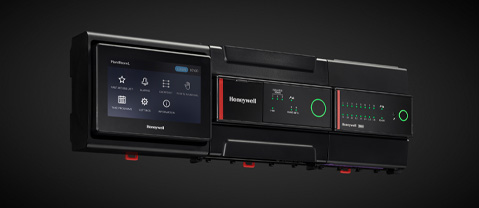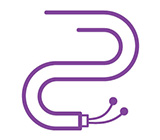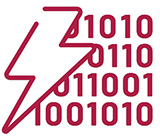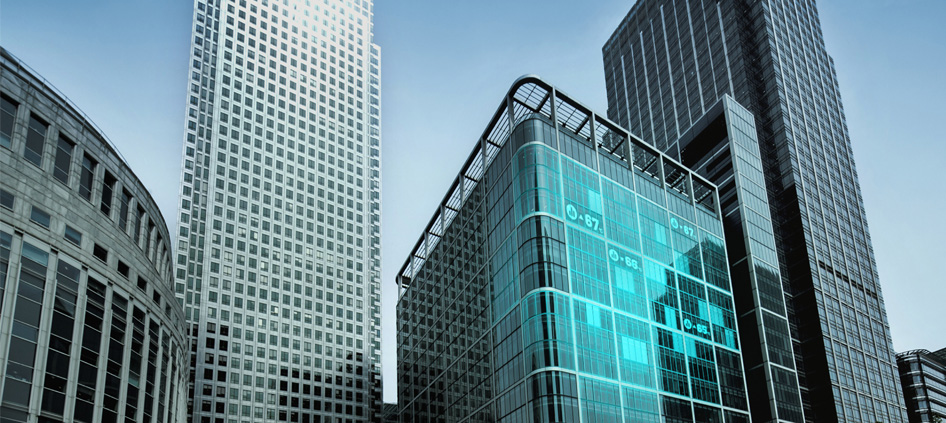Honeywell: Teaching Old Buildings New Energy-Efficient Tricks with Advanced BMS Technology


SIGNALS+ NEWSLETTER SUBSCRIPTION
Stay updated and leverage Signals+ latest insights, information and ideas on Connectivity, Digital Health, Electrification, and Smart Industry.
Thank you for subscribing to ADI Signals+. A confirmation email has been sent to your inbox.
You'll soon receive timely updates on all the breakthrough technologies impacting human lives across the globe. Enjoy!
CloseHONEYWELL: TEACHING OLD BUILDINGS NEW ENERGY-EFFICIENT TRICKS WITH ADVANCED BMS TECHNOLOGY
August 08, 2024
Throughout the commercial building world, the perfect storm is brewing. Energy efficiency demands are growing for commercial building managers. But many commercial buildings are energy-inefficient and outdated (the majority were built before the year 2000), including their building management systems (BMS), which control the HVAC system, lighting, elevators, fire safety, and more.1

To address this challenge, Honeywell collaborated with Analog Devices, Inc. (ADI) to enhance the flexibility, resiliency, and energy efficiency of its BMS solutions by leveraging ADI’s single-pair Ethernet (T1L) and software configurable input/output (SWIO) solutions.

"Honeywell is revolutionizing BMS with our collaboration with ADI. Building owners can now upgrade and enhance their wiring without a significant upfront investment, using less labor, with less environmental impact.”Suresh Venkatarayalu
Chief Technology Officer | Honeywell

ADI’s single-pair Ethernet enables advanced connectivity with data transmissions up to 1 km. This is an ideal retrofit solution for older buildings since you can reuse existing, single-twisted pair cabling—cutting down installation time, cost, and waste.
Beyond this, the devices connected to the older building system connections won’t have to be replaced with T1L-capable field instruments. They can be connected to input/output modules enabled with SWIO solutions for additional savings.
AT A GLANCE
ABOUT
Honeywell is a worldwide leader serving a broad range of industries and geographies. The Honeywell Accelerator system and Honeywell Connected Enterprise platform help organizations solve the world’s most complex challenges in aerospace, industrial automation, building automation, and energy and sustainability solutions.
GOAL
Help new and existing building managers and designers enhance and implement energy-efficient, cost-effective, BMS technologies to meet strict regulations.
CHALLENGE
Managers of older commercial buildings face stringent, energy-efficiency requirements and must modernize their BMS to meet growing demands while balancing budgetary constraints.
ADI SOLUTION
Single-pair Ethernet (T1L) and SWIO solutions.
A RELATIONSHIP BUILT ON A COMMON GOAL: DRIVE MORE ENERGY-EFFICIENT BUILDINGS
Honeywell and Analog Devices have a decades-long relationship co-creating solutions in the industrial market, including mixed-signal microcontrollers for process control field instruments and gas sensor systems, and application-specific integrated circuit (ASIC) solutions for distributed control systems.
The result of this current collaboration has created a new advanced BMS solution that will help reduce product complexities by giving Honeywell the flexibility to build a single-version, multi-use product. This will greatly help building managers to future-proof their control and automation needs for building remodeling or when requirements change.

KEY BENEFITS OF AN ADVANCED BUILDING MANAGEMENT SYSTEM2
Improved energy efficiency
Controlling HVAC, lighting, waste/water, security, and other systems helps optimize energy usage based on occupancy and environmental conditions.
Enhanced occupant environment
Optimized HVAC, safety, lighting, etc., gives occupants a more comfortable work environment, which can enhance productivity.
Improved uptime with predictive maintenance
Advanced, real-time data analytics of equipment allows proactive maintenance to occur before major issues arise, lessening long-term downtime.
Centralized control/visibility enables better decision-making
Visibility (both onsite and remote) of multiple, critical systems from a central location allows a more holistic view and analysis for quicker response.
10BASE-T1L: FROM TESTING IN INSTRUMENTATION TO DESIGNING A MORE ENERGY-EFFICIENT BMS
10BASE-T1L is an IEEE (Institute of Electrical and Electronics Engineers) industry standard that extends Ethernet to the edge, with connections up to 1 km. ADI originally leveraged 10BASE-T1L for its field instrument measurement solutions, but Honeywell saw beyond these capabilities and utilized 10BASE-T1L as a key enabler in its BMS solution.
Adding 10BASE-T1L into a building controller enhances energy efficiency by eliminating complicated, power-hungry gateways. It adds flexibility to a BMS by enabling real-time control over a single-twisted pair cable, over long distances. 10BASE-T1L building controllers support numerous devices including HVAC, lighting, security, and more, while increasing resiliency by detecting network failures and cable problems with fault detection and diagnostics.
10-BASE T1L Application-Level Value

Lower cost single-twisted pair cabling
Lighter, lower cost, and smaller size than standard CATx cables, and often easier to install. Enables reuse of some existing single-twisted pair cabling infrastructure. A twisted pair gives better performance, but it can be any pair, it doesn't need to be a twisted pair.

Long reach up to 1 km
Field sensors are often deployed in remote locations, and existing Ethernet physical layer technologies are typically limited to 100 meters. The longer transmission distance enables longer-distance device connectivity.

New insights with 10 Mbps
Significant bandwidth increase over technologies like 4 mA to 20 mA or field bus provides the ability to transfer new insights from remote nodes.

Power and data on two wires
Helps deliver up to 500 mW of power within intrinsically safe applications. The IEEE standard also specifies delivering power over the same two data cables up to 52 W.
BETTER TOGETHER: 10BASE-T1L AND SWIO HELP ENHANCE ENERGY EFFICIENCY IN OLDER BUILDINGS
The digitization of commercial buildings—including using a BMS—helps create intelligent buildings with the goal of enhancing energy efficiency, especially in older, outdated buildings. However, the transition to intelligent buildings is an ongoing challenge due to legacy systems lacking 10BASE-T1L connectivity.
But when combined, ADI’s SWIO solutions and 10BASE-T1L connectivity help building managers:
- Enhance flexibility in older buildings
- Futureproof its BMS
- Enable fault detection and diagnostics capabilities
- Help achieve greater energy efficiency
Benefits and Savings with SWIO


“We’re thrilled to see ADI technologies move beyond factory automation and into Honeywell’s BMS. This helps customers reduce energy consumption, save money, improve resiliency, and help meet emissions reduction goals.”Martin Cotter
Senior Vice President Global Vertical Business Units and President, EMEA | Analog Devices
COLLABORATION OF HOPE: HELPING OLDER BUILDINGS MEET ENERGY EFFICIENCY TARGETS
Honeywell and ADI’s collaboration created a first-in-the-industry solution for a BMS, which also became a vital component in Honeywell’s Advance Control for Buildings platform. This truly groundbreaking solution is what Honeywell describes as “one of the company’s most substantial leaps in building controls innovation to date.”
Although managers of older, energy-inefficient buildings face challenges, there is optimism with the Honeywell/ADI co-created BMS solution, which offers the potential for enhanced energy efficiency through improved connectivity.

References
1 U.S. Energy Information Administration (EIA) EIA; 2018 Commercial Buildings Energy Consumption Survey
2 CIM; “A deep dive into building management systems: revolutionizing building efficiency”.




